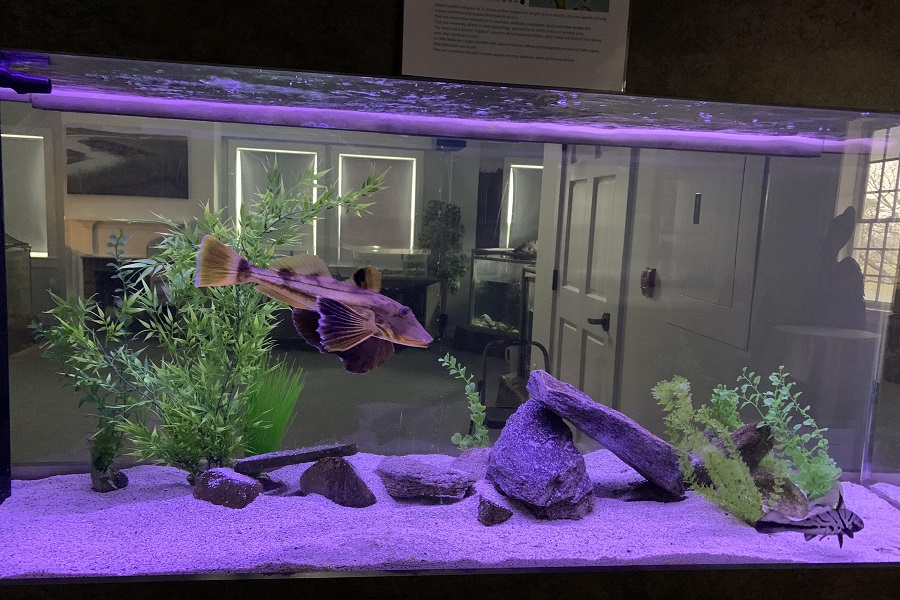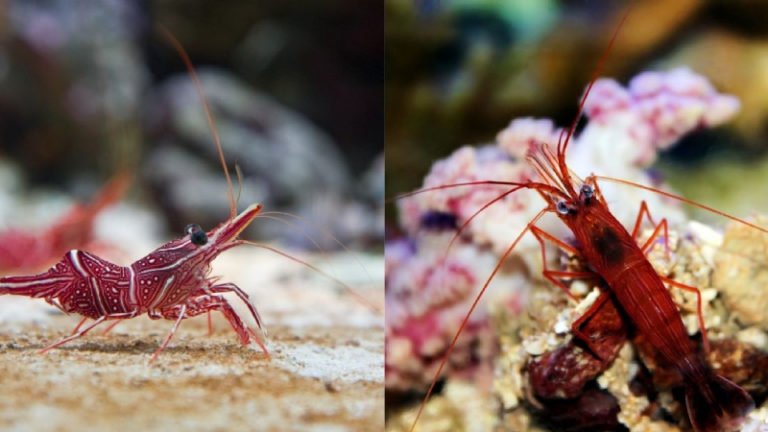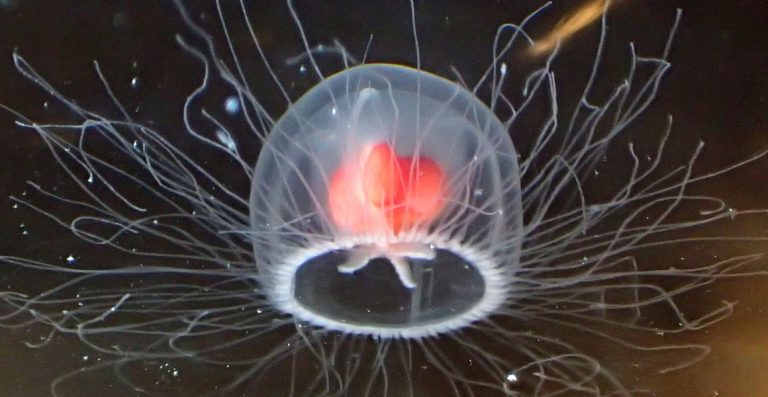Ultimate Guide: Well Water in Fish Tank – Dos and Don’ts
Yes, well water can be used in a fish tank as long as it is tested and treated properly. Using well water in a fish tank can be a cost-effective and convenient choice for aquarium owners.
However, it is important to ensure that the water is safe for the fish. Testing the well water for ph levels, ammonia, nitrite, and nitrate levels is crucial before adding it to the fish tank. Additionally, treating the water with a dechlorinator or other water conditioners can help make it safe for the fish.
Proper maintenance and regular testing of the tank water are important to ensure the health and wellbeing of the fish. In this article, we will discuss in detail how to use well water in a fish tank and precautions to take care of.

Credit: fishlab.com
Testing Your Well Water
Can you use well water in a fish tank: testing your well water
One of the primary concerns regarding the health of our aquariums is the condition of the water. Aquarium enthusiasts, therefore, put great care into ensuring that the type of water they use meets specific requirements. When it comes to using well water in fish tanks, one must be sure that the water is safe for fish and aquatic plants.
Understanding The Importance Of Testing Well Water For Use In Fish Tanks
Testing well water before using it in fish tanks is critical as it helps determine the water’s chemical composition. Without performing tests, you cannot know for sure if the water is suitable and safe for your aquatic pets. Incomplete testing can have dire effects and potentially harm the living organisms within the tank.
Steps For Testing The Suitability Of Well Water For Fish Tanks
When it comes to ensuring the quality of well water for fish tanks, several critical tests must be conducted.
Ph Level Testing
Ph levels have a significant impact on the quality of the water and help in determining if the water is too acidic or alkaline for fish. A safe ph range for fish and aquatic plants falls between 6. 5 and 7.
5. Reagent test kits are available in pet stores and online, providing accurate water ph level readings.
Ammonia Level Testing
Aquarium water must be free from excess ammonia as it is highly toxic to living organisms. Testing ammonia levels in well water before using them in fish tanks is crucial. An ideal ammonia level is zero parts per million (ppm).
A test kit that measures the ammonia level can be used to determine the amount present in well water safely.
Nitrate And Nitrite Level Testing
Nitrate and nitrite levels in aquarium water must also be regularly monitored as their presence can cause health problems for fish. Nitrate levels should be between 20 to 40 ppm, while nitrite levels should always be zero. Test kits that measure nitrate and nitrite levels can also be found in stores.
Hardness Level Testing
Another essential test to perform on well water is hardness, which refers to the amount of dissolved minerals in the groundwater. The ideal range for aquarium water hardness levels is between 150 and 250 ppm. Hard water can cause health concerns in fish and affect the ph level, so it is recommended to test hardness levels before using well water in fish tanks.
By following these testing protocols, you can make sure that the well water you use in your fish tank is safe and suitable for aquatic life. Remember, always test and maintain your aquarium water frequently to ensure your fish thrive is an ideal environment.
Treating Well Water For Fish Tanks
Can You Use Well Water In A Fish Tank
If you’re considering using well water in your fish tank, there are some things you need to know. Well water isn’t necessarily harmful to fish, but it may contain minerals, heavy metals, and other additives that can be harmful to aquatic life.
In this blog post, we’ll take a look at how you can treat well water for use in your fish tank.
Importance Of Treating Well Water Before Use In Fish Tanks
Before you add well water to your fish tank, it is important to treat it properly. This ensures that the water is safe for your aquatic pets to live in. Without treatment, there are potential health risks that can affect the fish, including:
- High levels of iron, copper, zinc, and other metals which are toxic to fish
- High levels of minerals such as calcium and magnesium which can lead to hard water and cause harm to aquatic life
- The presence of pesticides, herbicides, and other toxins that can harm fish, plants and other creatures in the tank
Methods For Treating Well Water For Fish Tanks
There are several methods you can use to treat well water before adding it to your fish tank:
Water Conditioner
A water conditioner is a liquid that is added to the well water before it is added to the fish tank. It removes harmful chlorine or chloramine from the water and neutralizes heavy metals that are harmful to fish. Follow the product instructions to determine the amount of water conditioner to use.
Reverse Osmosis
Reverse osmosis is a process used to purify water. It involves passing the well water through a semi-permeable membrane under high pressure, which removes minerals, heavy metals, and other impurities from the water. This method can be expensive, but it produces high-quality water.
Filtration System
Installing a filtration system in your fish tank is another way to treat well water. It removes impurities and toxins that can harm aquatic life. There are several types of filtration systems, including mechanical, biological, and chemical filtration systems. Choose a filtration system that works well for your fish tank size and needs.
Treating well water is crucial before it is added to the fish tank. Water conditioners, reverse osmosis, and filtration systems are all effective methods that can be used to ensure that the water meets the standards. By implementing these methods, your fish will have a safe and healthy living environment.
Dos And Don’Ts Of Using Well Water In Fish Tanks
Dos Of Using Well Water In Fish Tanks
Maintaining proper water parameters:
Maintaining optimal water parameters in a fish tank is a crucial factor in ensuring the health and well-being of your aquatic pets. Here are some tips to keep in mind while using well water in your fish tank:
- Regular water testing is vital to monitor the ph level, alkalinity, and hardness of the water.
- Make sure the temperature of the well water matches the tank’s temperature to prevent shocking the aquatic life.
- Install a filtration system to clean the water and remove any toxins and unwanted elements.
Acclimatizing fish to the new water:
Acclimatizing fish to the well water before placing them in the tank is essential to prevent stress and reduce shock. It is crucial to maintain a stable environment for your fish, and the following pointers can assist in acclimatizing your fish:
- Gradually mix the well water with the water from the existing tank in a separate container.
- Slowly add more well water to the mixture in the container over 30-45 minutes.
- After 45 minutes, the fish are ready to transfer to the tank.
Don’Ts Of Using Well Water In Fish Tanks
Adding untreated well water directly to the tank:
Adding untreated well water directly to the fish tank might prove detrimental to the fish’s health. As well water can contain various contaminants such as heavy metals, pesticides, and bacteria, these harmful agents can damage the ecosystem in the tank.
Hence it is advisable not to add well water without treating it.
Ignoring any abnormalities in the water quality:
Ignoring any abnormalities in the water quality, such as foul smells and murky water, is one of the common mistakes people tend to make. It’s vital to keep track of any changes in the water quality and take corrective measures in time.
If you notice any abnormalities in the water in the fish tank, you must test the water, identify the root cause, and take swift actions to rectify the situation.
Using well water in a fish tank can bring in different benefits to the aquatic life residing in the tank, but it is essential to remember the dos and don’ts to maintain its stability and ecosystem. Make sure to follow the above guidelines to create the perfect environment for your aquatic pets and avoid any unwanted situations.
Frequently Asked Questions On Can You Use Well Water In A Fish Tank
Can Well Water Be Used In A Fish Tank?
Yes, well water can be used in a fish tank as long as it is properly treated and tested regularly.
How Do You Treat Well Water For A Fish Tank?
To treat well water for a fish tank, use a water conditioner to remove chemicals and test for ph and hardness.
Is Well Water Safe For Fish To Live In?
Yes, well water can be safe for fish to live in if it is treated properly and regularly tested for any harmful substances.
What Should I Do If My Well Water Is Not Suitable For Fish?
If your well water is not suitable for fish, you can consider using a different water source or installing a filtration system to remove harmful substances.
Conclusion
After considering all the factors, it is safe to say that well water can be used in a fish tank. However, there are a few things to keep in mind. First, you must test the water extensively to ensure that it is safe for the fish.
Second, you should consider adding a water conditioner to neutralize any harmful elements and to prevent fish stress. Third, make sure to monitor the water quality regularly, especially if you have a well with a fluctuating water table. Lastly, keep in mind that adding well water to a fish tank may require a bit more effort, but the benefits of using well water in terms of cost and sustainability make it a viable option for fish owners.
By following these guidelines, you can enjoy healthy fish and a thriving ecosystem in your fish tank using well water.






